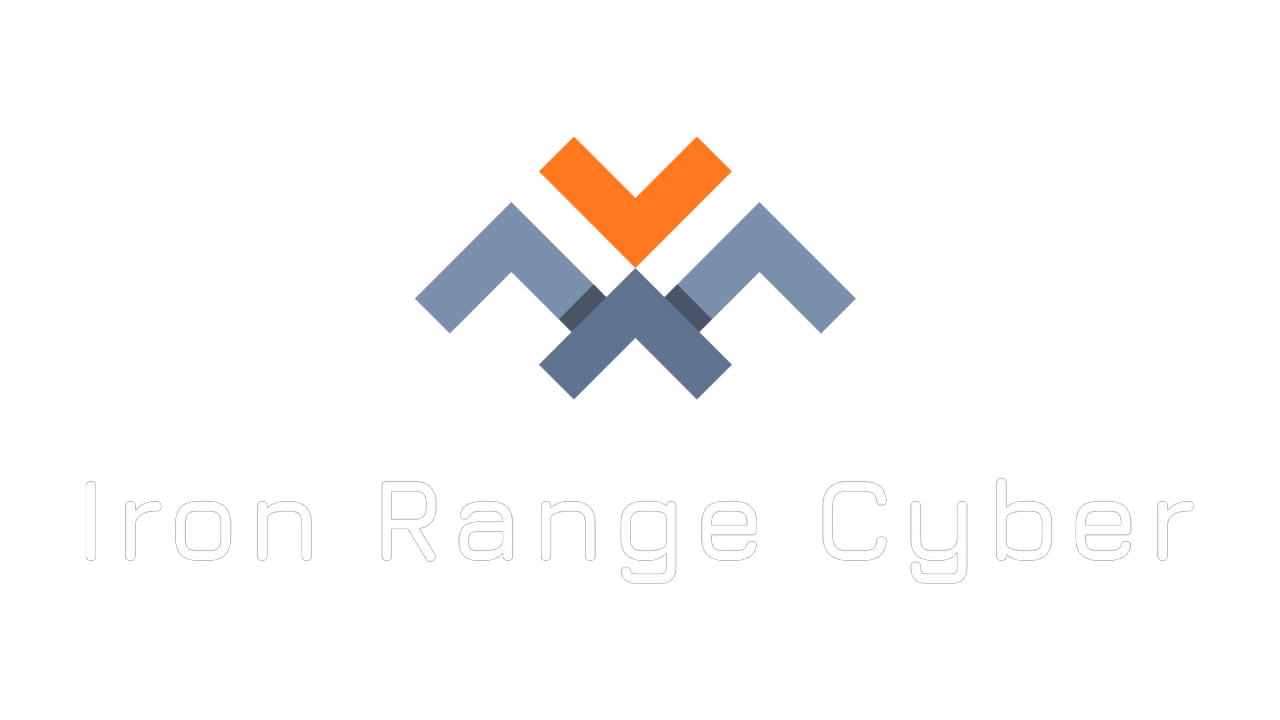What is a SOC?
Cyberattacks are a constant threat to all types of organizations despite their size. Businesses are increasingly exposed to them daily, and a potential attack could have great ramifications on the way they operate and on their relationship with customers.
Global cybercrime financial damages are expected to reach a staggering $6 trillion by the end of this year. Almost two out of three business owners feel that the risk of being attacked increases.
As a result, businesses need to take all available measures that will help them protect themselves and their customers from cyber threats. One of these measures is to monitor threats in real-time, and having a security operations center (SOC) is a great way to achieve it.
In this article, you’ll understand what exactly a security operations center is, its types, benefits you can gain from it, and best practices to use it effectively.
What Is a Security Operations Center (SOC)?
A security operations center is a key component for the efficient performance of cyber security teams. It’s a centralized operations center that hosts your cybersecurity team and works around the clock. SOC provides team members like security analysts, engineers, and managers with robust processes and tools. These allow them to continuously monitor and analyze information from all components of your infrastructure like networks, databases, servers, etc. The goal is to identify unusual behavior that may signal a security threat, prevent threats from occurring, mitigate their effects, and in general, enhance an organization’s posture.
In simple terms, the primary responsibility of a SOC is to monitor, analyze, detect, evaluate, prevent, and report potential security incidents.
How Does a SOC Work?
A SOC monitors the majority of your infrastructure’s assets like firewalls, all types of intrusion detection and prevention systems (IDS/IPS), security information and event management systems (SIEM), etc. Data is collected from these sources, and it gets analyzed to detect potential threats that can harm your business. Besides your infrastructure, a SOC also works as a threat intelligence data center and monitors security vulnerabilities from incorrect tools usage, employees’ mistakes, external sources, etc.
In case of cyberthreat signs, the SOC team receives alerts that will allow them to fix the problem before it escalates. The SOC then examines the alert and determines its degree of severity. If the threat is confirmed, the incident response process kicks in.
Do You Really Need a SOC?
Many business owners have the misconception that cybersecurity is only a problem for large companies. However, the reality is that 43% of cyber attacks target small businesses.
Having a dedicated, highly skilled professional cybersecurity team that will provide 24/7 cybersecurity solutions is more important than most people realize, but certainly, it’s not an easy task. Implementing an efficient SOC solution requires a serious investment on your part.
Because of that, not every company can manage a SOC internally. Many hire security companies to help them with the management, while others might prefer a complete external security solution. Fortunately, there are options for every case.
Types of SOC
The security demands of each organization differ. Depending on budget constraints, infrastructure, or compliance requirements, different types of security operation systems are suitable for each case. The most common ones are:
Internal SOC
An internal security operation center is the dedicated team of your organization that is responsible for threat detection and response to potential cyberattacks. The goal of internal SOC analysts, engineers, threat hunters, and other team members is to take all measures available to ensure that your businesses’ systems, networks, and infrastructure are working exactly as expected without problems. Building a reliable internal SOC is costly, but you have complete control over your cybersecurity processes.
Managed Security Service or SOC-as-a-Service
SOCaaS is a great option to cover your unique cybersecurity needs by outsourcing to companies that offer monitoring and incident response services on demand. Managed security services are a very popular solution for SMEs as they get top-notch security without breaking the bank. SOCaaS is much more affordable than maintaining an internal security operations center as you don’t have to spend money on buying expensive equipment or hiring specialized personnel.
Hybrid SOC
The hybrid SOC is a combination of the internal and SOCaaS types. Here you have the flexibility to operate security tasks of your choice on your premises, while others are outsourced to external SOC teams. For example, if you face security issues in a specific area, the hybrid model will allow you to allocate resources and successfully handle them. The hybrid type is suitable for organizations on a budget or those dealing with similar cybersecurity incidents regularly.
Multifunction SOC
This type extends the internal SOC activities and adds crucial tasks like IT and network operations under the same facility, in addition to already information security operations. The multifunction type combines personnel from different departments and leads to more accurate, more effective on-site security solutions and lower overall costs.
Command SOC
The last type is a bit different. You can think about it as a network of SOC’s that have powerful resources able to detect even the most sophisticated cybersecurity risks. A command security operations center offers threat intelligence insights to other types of SOC’s, but the responsibility to defend against it remains to the internal team.
Benefits of a SOC
A security operations center has a plethora of benefits when done correctly:
24/7 Protection
SOC’s monitor your infrastructure exactly when an organization needs them: 24 hours a day, seven days a week, 365 days a year.
Fast Incident Response
Around-the-clock monitoring significantly decreases the amount of time from detecting a threat and eventually taking action to resolve it.
Fast Threat Detection Minimizes Losses
The more a cybercriminal can exploit your infrastructure, the more are your overall damages. Fast incident response will lead to shorter exploitation periods, limited downtime, and reduced losses.
Threat Prevention
With a SOC, you can proactively defend your systems against threats. It allows you to anticipate risks and prevent them before happening.
A Diverse and High-Level Team
The members of a SOC are highly trained professionals with different backgrounds and skillsets. Together they form a team that brings expertise, uses advanced methodologies, and ensures that your organization will get the best cybersecurity possible.
Risk Awareness
Keeping everyone updated about security risks is a goal of the SOC. The analysis of threat data will be the decisive factor for the security strategy your company will implement.
Builds Trust
An organization that invests in a SOC protects its infrastructure, and its customers’ valuable data is recognized. It shows a high professional level that leads to a better reputation and a larger market share.
Best Practices for Running a SOC
Below you’ll see the most effective practices you should implement for a high-performing security operations center.
Plan First
At first, you need to create a strategy that suits your needs and goals and details your processes for every scenario. You should update your plan constantly.
Know Your Assets
Then, you must evaluate the weaknesses your infrastructure faces. To achieve this, you should fully record all your assets, including services provided by third parties, and monitor them. Knowing your assets will allow you to evaluate risks, take the most appropriate measures to protect them, and helps you improve your security strategy.
Continuous Improvement
An efficient SOC requires expert team members, transparent processes, and top-notch tools. The cybersecurity landscape changes drastically, and team members need to stay up to date. The same applies to processes and tools. Modern tools and processes combined with the technical expertise of your team members will improve efficiency, incident response time and allow your SOC to run smoothly at all times.
Conclusion
The continuously changing cybersecurity landscape and the impact it has, positive or negative on your business, makes implementing the most effective security technologies and strategies imperative. A security operations center provides a holistic solution and is one of the most effective tools organizations have in their arsenal to achieve high-level cybersecurity. Investing in a SOC is a strategic decision that will keep your business and your customers safe and with different types of SOC available it’s sure that there is one that covers your needs.


